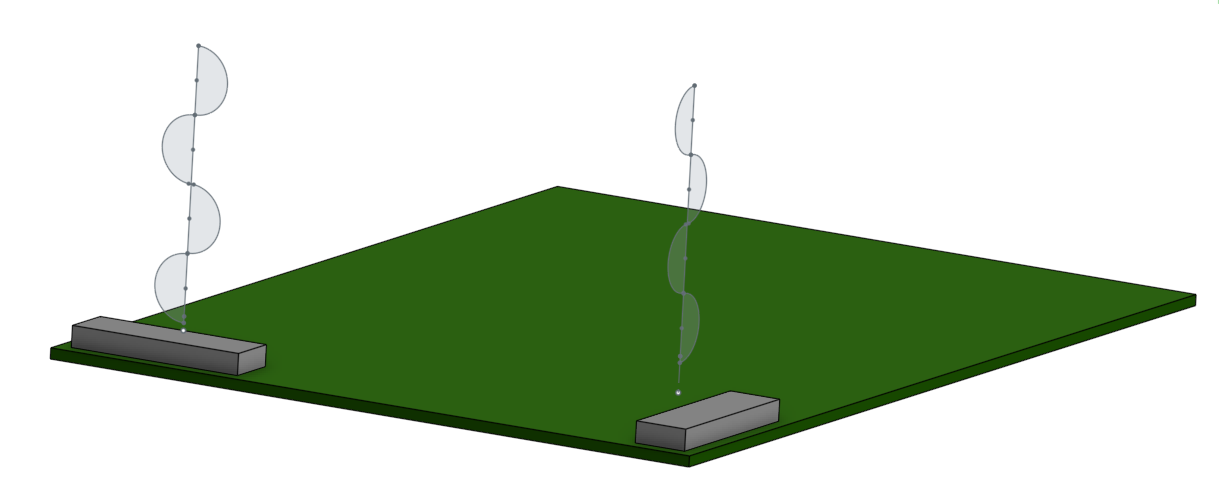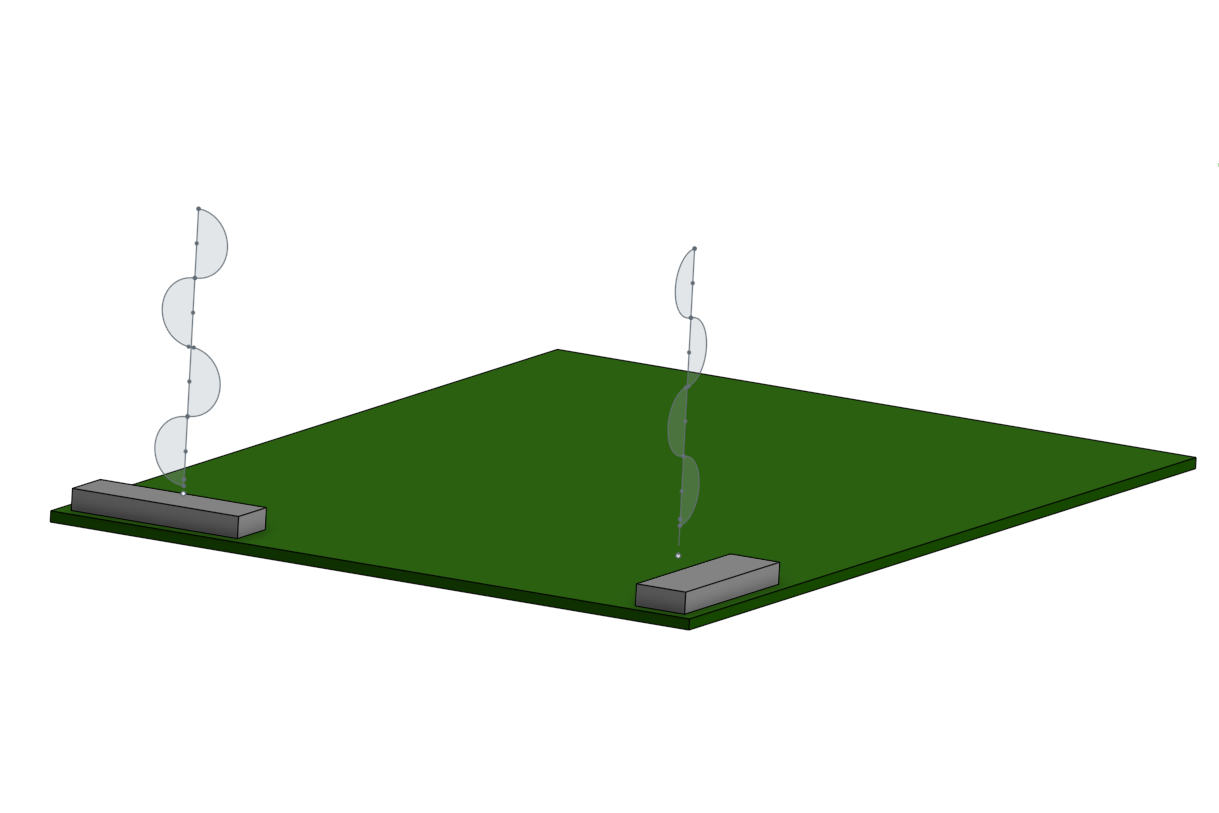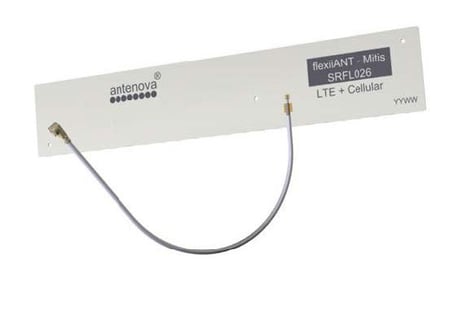The Antenova Antenna Selection and Placement tool is a web application that helps a product designer to select and plan out antenna placement before designing the product PCB. For products that include a cellular connection, the placement of the cellular antenna is important since it affects product performance which also can affect the carrier certification.
Before starting the PCB design, consider the size of the product enclosure and then use the placement tool to position the antennas. Integrating a cellular modem with its antenna into a product is complex and good antenna placement affects the mobile signal strength. In addition, a good antenna enables the product to operate better when at the edge of mobile coverage.
Consumers expect their product to work anywhere and their perception of the product is influenced by the ability to maintain connectivity at the edge of cellular coverage. In general, a poor performing antenna will have a smaller coverage area compared to an antenna with good performance, however consumers expect a small product which makes the task of designing in an antenna more complex.
Comparing SMD and FPC antennas
When choosing an antenna, there are 2 options: an off-PCB and an on-PCB antenna. An off-PCB antenna is a FPC (flexible printed circuit) antenna, it has a short coax cable connecting between the FPC antenna and the product PCB. An on-PCB antenna is a Surface Mount Device (SMD) antenna. The Antenna Placement web application is used to place SMD antennas only, however FPC antennas also need to be carefully placed within the product to get the best performance.
A product can have both FPC and SMD antennas, for example, a vehicle telematics tracker can have a FPC cellular antenna, a SMD GNSS antenna, and a Bluetooth antenna. The position of the GNSS antenna would be chosen first, and then the FPC antenna would be positioned so as to not degrade the GNSS reception.
For SMD antennas, the ground plane is used to radiate signals, and the ground plane on the product PCB forms part of the antenna. When designing with a SMD antenna, the ground plane on the PCB must be over a quarter wavelength of lowest frequency used. The antenna placement tool requires that the PCB has a length over 12cm. The 12cm length represents a frequency of 700MHz, which is one of the lower cellular frequencies in use. Within Europe, the lowest cellular frequency is 900MHz so the ground plane length can be smaller than 12cm.
For PCB designs that have a small ground plane, an FPC antenna might be a better choice. An FPC has two equal length radiators that are sized to the frequency being used, and do not use the ground plane to radiate. Therefore the PCB does not depend on the ground plane length. However, the coax cable of the FPC becomes part of the antenna, so the routing of the cable should be designed with care, to keep the cable away from other components that might create noise and interference.
Antenna placement sequence
A product that contains multiple antennas has the antenna placement order determined by the strength of the signals. The weakest signals are from GNSS/GPS, therefore the GNSS antenna should be placed where it can receive the strongest signals. If a patch antenna is used it should be pointing upwards. The next weakest signals are cellular or ISM/LoRa signals, these antennas should be placed next. Finally the Wi-Fi or Bluetooth antennas should be placed.

The antenna placement tool is useful for choosing the placement of multiple cellular antennas, for example a diversity reception antenna. Better performance will be obtained when each antenna is oriented at right angles to the other, to obtain a different polarization. The antennas will perform better when they are further apart, ideally at each end of the PCB. However this is not always possible, in the diagram it shows the antennas at the same end of the PCB, with different polarization.
It is important to consider first whether a SMD or FPC antenna is the best choice. The Antenna Placement tool provides placement advice for SMD antennas only. In summary, the tool helps product designers to think about their antenna placement to get best performance, which helps to complete certification, and get the product launched.




